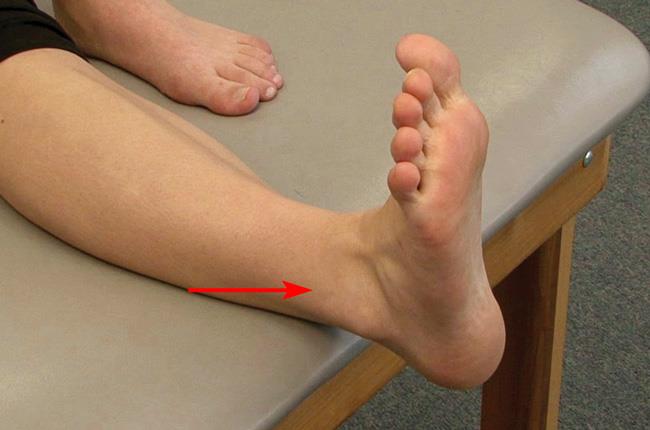
Sprained Ankle Symptoms [อาการ ข้อ เท้า พลิก, which is the term in Thai] are extremely common injuries, some 25,000 people do it every day. Often, it is an unpleasant moment when you lose your balance, but the discomfort rapidly vanishes and you go on your method. However, the strain could be extra extreme; your ankle joint might swell and it may injure too much to depend on it. If it’s an extreme sprain, you might have really felt a “pop” when the injury took place.
A sprained ankle is an injury or tear of several ligaments on the outer side of your ankle. If a strain is not dealt with correctly, you might have lasting issues. A sprain can be tough to separate from a broken bone without an X-ray. If you are incapable to put weight on your foot after this kind of injury, or if there is substantial wounding, swelling, or deformity, you should seek clinical treatment from a medical professional. This might be your health care physician or pediatrician, an emergency division, or a foot and ankle joint orthopedic cosmetic surgeon, depending upon the extent of the injury.
Treating Your Sprained Ankle Joint
Treating your Sprained Ankle Symptoms [อาการ ข้อ เท้า พลิก, which is the term in Thai] appropriately might prevent chronic discomfort and looseness. For a Quality 1 light sprain, follow the guidelines:
- Rest your ankle by not strolling on it. Limitation weight-bearing as well as utilize props if required. If there is no damaged bone you are safe to place some weight on the leg. An ankle joint brace commonly aids to control swelling as well as adds stability while the ligaments are healing.
- Ice it to keep down the swelling. Don’t put ice directly on the skin, utilize a thin piece of fabric such as a pillowcase between the ice bag as well as the skin, and do not ice greater than 20 minutes at a time to stay clear of frostbite.
- Compression can aid to manage to swell, in addition, to immobilize as well as support your injury.
- Elevate the foot by reclining and propping it up above the waistline or heart as needed.




